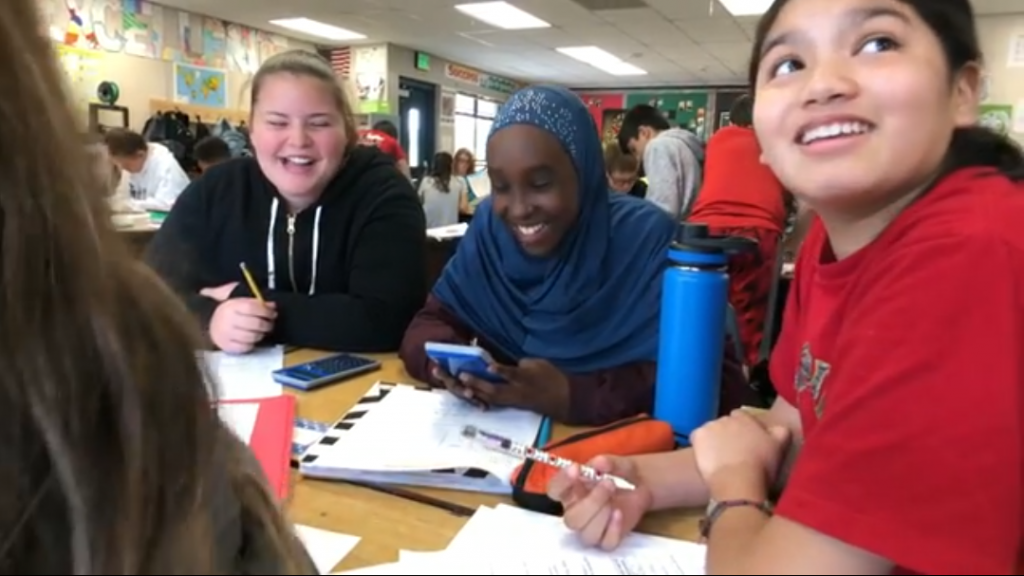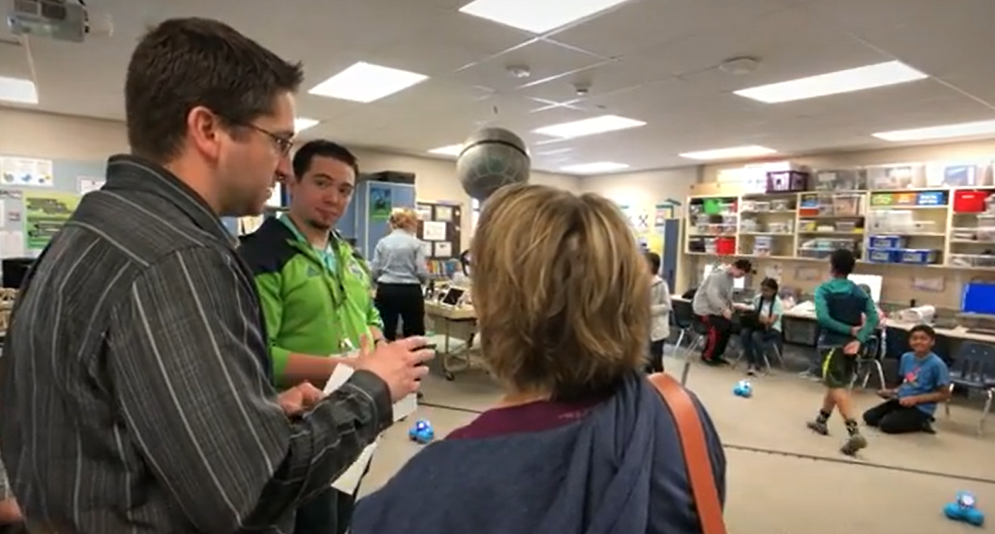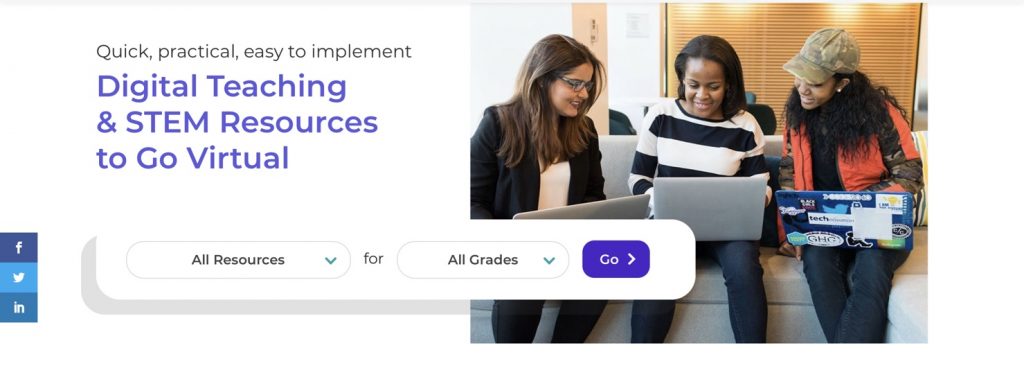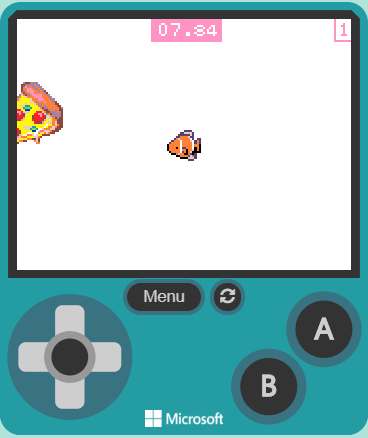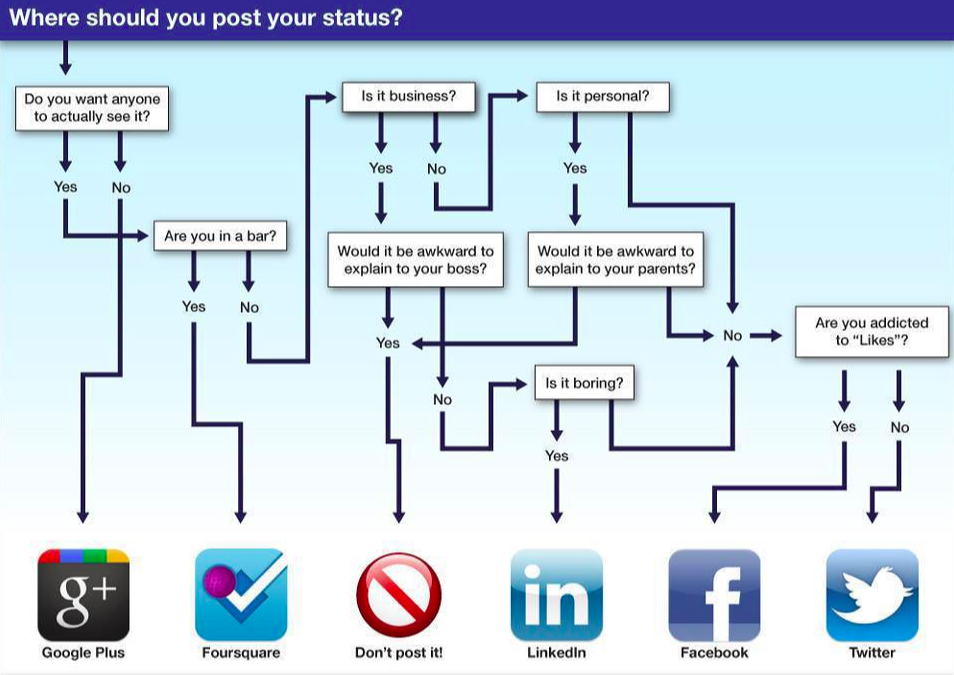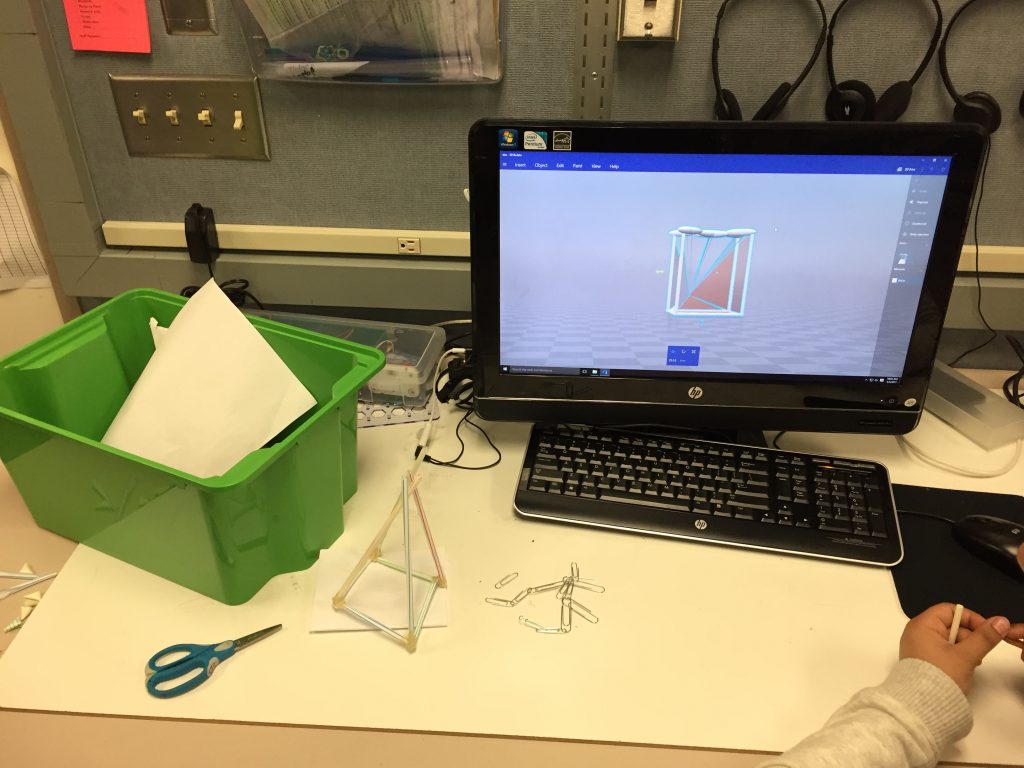
According to the Lexico website (a collaboration between dictionary.com and Oxford University Press), the definition for social justice is “justice in terms of the distribution of wealth, opportunities, and privileges within a society.” Often a misunderstood and ambiguous term for most, this succinct definition of social justice provides a foundation for basing social justice education efforts in the classroom. Social justice is about closing opportunity gaps in regard to education, wealth, and societal privileges. Still, how does one define Social justice as a pedagogy? The 2020 Innovative Pedagogy Reports provides the following description, “Social justice pedagogy is founded on the idea that education can be liberating and can help people address injustices in their own lives and in society. It aims to educate and enable students to become active citizens who understand social inequalities and can contribute to making society more democratic and egalitarian.” Student are not powerless, and through empowerment they become powerful change agents across their various communities. Technology in education provides a powerful medium and platform that magnifies student voice in the world. By modeling personalized support for educators, we can support them in providing individualized learning opportunities that empower students.
International Society for Technology in Education (ISTE) Coaching Standard 3
3) Collaborator: Coaches establish productive relationships with educators in order to improve instructional practice and learning outcomes. Coaches:
3a. Establish trusting and respectful coaching relationships that encourage educators to explore new instructional strategies.
3b. Partner with educators to identify digital learning content that is culturally relevant, developmentally appropriate and aligned to content standards.
3c. Partner with educators to evaluate the efficacy of digital learning content and tools to inform procurement decisions and adoption.
3d. Personalize support for educators by planning and modeling the effective use of technology to improve student learning.
Essential Question
How can educator support be personalized and modeled in such a manner that effective use of technology improves student learning to the point of individualized empowerment?
The What of Technology to Improve Student Learning
There’s so much out there in terms of technological options that we, as educators, need to be really careful and focused in terms of the tools that we utilize. There are too many relevant technology tools to list ad nauseam, so general function in terms of general concepts is a better focus in lieu of an attempt at a comprehensive list. From there, educators should focus on tools that facilitate the desired functionality and that are available and supported within the current educational context. This is the type of individualization needed to support teachers with implementation.
Tool functionality should scaffold student communication, ease student management for the teacher, and safely facilitate communication with an authentic audience. Student communication benefits from software that assists students in typing via word prediction, voice to text software, audio/video recording, etc; a few select examples include co:writer, Dragon Speak (most modern word processing applications support this feature), and FlipGrid. Student management software should allow teachers to easily set up, manage, and provide feedback for students among other classroom management features; a couple of platform-specific examples include Google Classroom and Microsoft OneNote. Publication software should prioritize student privacy above all else and provide a mechanism for students to share their work with an authentic audience of some kind; for this, classroom management apps like Class Dojo that allow private communication with parents work well, postings on the school website without identifying information can work, FlipGrid can also work in this setting, social media with careful permissions and guidelines can accomplish sharing, as can limited access student blogging sites, among others.
Skipping Straight to the Why with Social Justice
Social Justice provides students with a “why” for their learning and work. Providing students with purpose dramatically increases engagement in their learning. Without a “why”, the only thing that students have to go on is “because I told you so” from the authority figure. This approach primarily teaches compliance and most schools depend upon a compliance-based model. Compliance requires constant monitoring and an external behavior incentive system that is often complicated, extensive, and time-consuming to enforce. Providing students with meaning to their work moves students toward intrinsic motivation. Ideally, social justice pedagogy can even move students to a level of empowerment where they see the positive impact that they can have on their community. One of the challenges in modern society is that too many educated citizens think that they alone cannot effect positive change in their community. This is because this was not taught or modeled for them. Instead, compliance to the system was instilled, and this perpetuates the system’s status quo at the expense of the individual while also at the expense of missed opportunities to improve the system by effecting positive change. Ironically, social justice themes were more prominent in early education and became diminished with the advent of the industrial revolution, as cited in Social Media for Social Justice in Adult Education: A Critical Framework, “While social purpose education was intended to help citizens live and participate in a democratic society, the Industrial Revolution of the late 19th and early 20th centuries fueled a focus on education for skills training and citizenship programs for immigrants (Merriam, Caffarella & Baumgartner, 2007)”. Historical anecdotes of education being a threat to a monarchy or dictatorship are good examples because the “dangerous ideas” taught encouraged people to think for themselves and to seek change in the freedom for their own betterment as well as others. While we wouldn’t dream of burning books today, we still have modern-day versions of these systemic issues.
Since schools can function as microcosms of society at large, it is important to teach social justice concepts that empower students to positively effect change within their community and the various systems around them. Not least of which to consider is the school system. Social Media for Social Justice in Adult Education: A Critical Frameworkprovides another research citation that speaks to this is, “Social justice education is a ‘praxis’ that includes a theoretical account of oppression and privilege, as well as practical strategies for changing social institutions. Schools are primary sites for this critical transformation since they reproduce inequality. Educating students to overcome internalized forms of oppression – such as racism, sexism, classism and homophobia, offering them a framework for understanding the external structures that are the source of these different oppressions, and empowering students to become agents of change, are all important goals of social justice education.” (Kohli, 2005, p. 100).
Teaching tolerance and, beyond that, acceptance are basic concepts that are accessible by K12 students. The more nuanced and advanced concepts involves around race, religion, language, gender, and socio-economic status among other demographic categories need to be carefully considered based on what’s grade-level appropriate. That being said, the basic idea that you are different but I should still accept and respect you can start with something as simple as animal caricatures that include a different animal being included even though it’s different. From there, building into more advanced concepts around acceptance and inclusion regardless of the type of difference can be developed. Beyond the need for the individual to practice this, there is the concept that we must advocate for others to be treated equitably as well. When students realize they can effect change for the better treatment of others then they can be empowered through practicing basic advocacy within a safe environment. As student understanding develops, then more complex concepts like systemic bias can begin to be addressed as well as the need for every individual to work toward equitable systemic change. Students can eventually understand their own individual circumstances through the lens of bias, opportunity, and privilege relative to others and what that means in terms of their responsibility to work with, through, and against adverse contexts that they or others may face.
As we look to find space in an overcrowded curriculum and schedules, it’s also worth noting that social justice pedagogy overlaps with and ties into social emotional learning and service-based learning and can be integrated via PBL units. SEL is a newly established and fast growing focus and area of student education. The latter, service-based learning, is still nascent but so important in terms of providing students with a positive means to impact their environment.
How Do We Become Change Agents for Empowering Students?
One key to empowering students is identifying technology already supported within our teaching context and with which we have some experience. We, as educators, can then adapt the technology to meet the needs of fellow educators and students. Using ISTE standards to help guide this implementation can play a critical role in meeting multiple needs at the same time. For example, we can look to ISTE Coaching Standard component 3d, “Personalize support for educators by planning and modeling the effective use of technology to improve student learning.” Personalized support that meets educators where they’re at can help them in the process of empowering their students.
In addition to finding technology that empowers students, providing opportunities for students to address social justice issues within their local context is important. Starting small with simple and accessible lessons then building from there. Lessons can be geared around historical social justice efforts such as the women’s suffrage or the civil rights movement. Providing opportunities for anti-bullying and inclusion lessons can help make the concepts more concrete and accessible for students. Additionally, projects that advocate for accessibility or cleaning up litter at the local park or playground can empower students to make a difference within their relevant world of experience. These examples barely begin to scratch the proverbial surface of what is possible, as the possibilities for making change, no matter how small, in the local community are endless and create a positive ripple effect that grows over time and beyond the community itself.
Beyond identifying technologies and potential lesson examples, standards can help facilitate and guide efforts toward effective implementation within education settings by providing carefully researched and written educational targets. One such set of potential standards has been crafted by a national organization called Teaching Tolerance. Teaching Tolerance is dedicated to social just education. Finding social justice teacher resources is key in order to provide teachers the ability to teach social justice concepts effectively, given how limited teachers’ time is and how thin their bandwidth is stretched.
References
- International Society for Technology in Education. (2019). ISTE Standards For Coaches. ISTE. Retrieved from https://www.iste.org/standards/for-coaches
- Careless, J.E. (2015). Social Media for Social Justice in Adult Education: A Critical Framework. JOURNAL OF TEACHING AND LEARNING, VOL.10 (NO. 1), pp. 13-26.
- Kukulska-Hulme, A., Beirne, E., Conole, G., Costello, E., Coughlan, T., Ferguson, R., FitzGerald, E., Gaved, M., Herodotou, C., Holmes, W., Lochlainn, C.M., Mhichíl, M.N.G., Rienties, B., Sargent, J., Scanlon, E., Sharples, M., Whitelock, D. (2020). Innovative Pedagogy 2020. National Institute for Digital Learning. Retrieved from https://iet.open.ac.uk/file/innovating-pedagogy-2020.pdf
- Miller, A. (May, 2015). Avoiding Learned Helplessness. Edutopia. Retrieved from http://www.edutopia.org/blog/avoiding-learned-helplessness-andrew-miller
- LEXICO. (2020). LEXICO Powered by OXFORD. Dictionary.com and Oxford University Press. Retrieved from https://www.lexico.com/en/definition/social_justice
- Teaching Tolerance. (2016). A Framework for Anti-bias Education. The Southern Poverty Law Center. Retrieved from https://www.tolerance.org/frameworks/social-justice-standards

